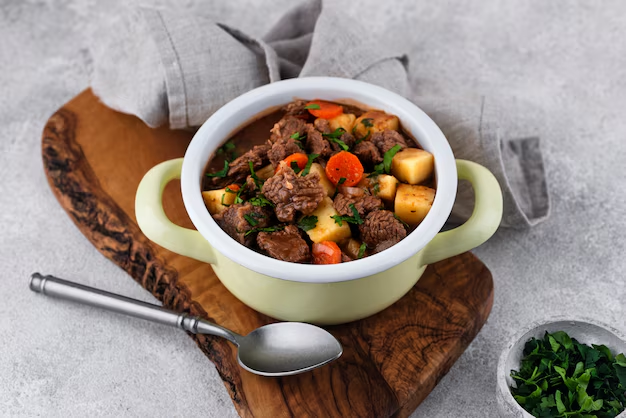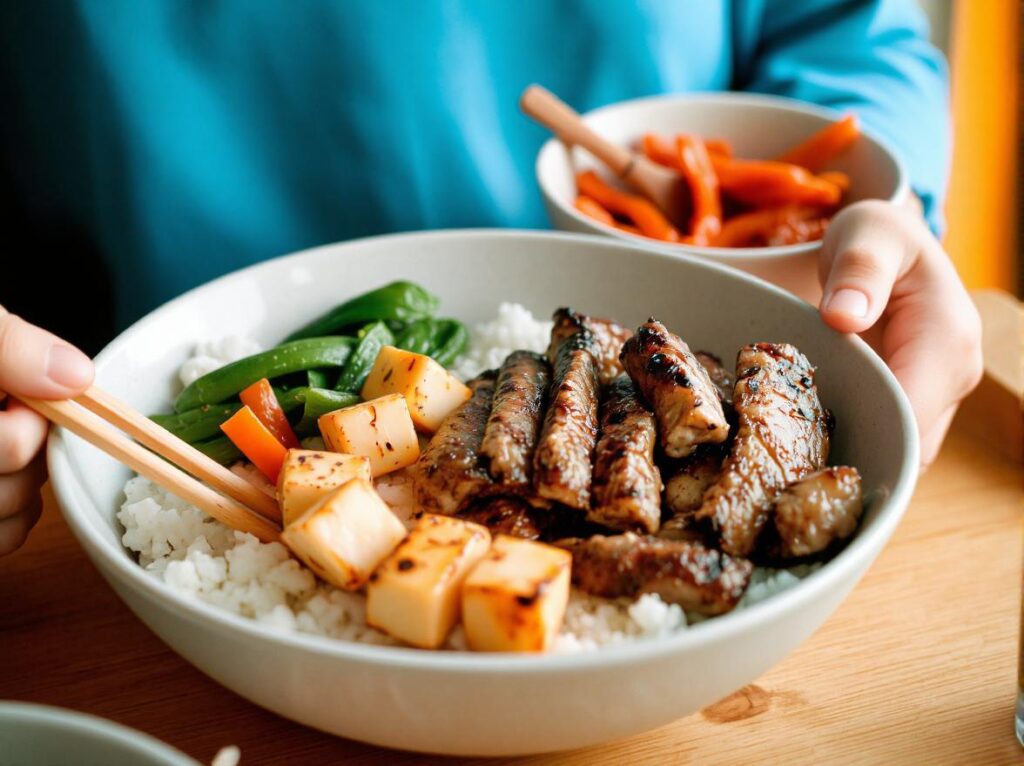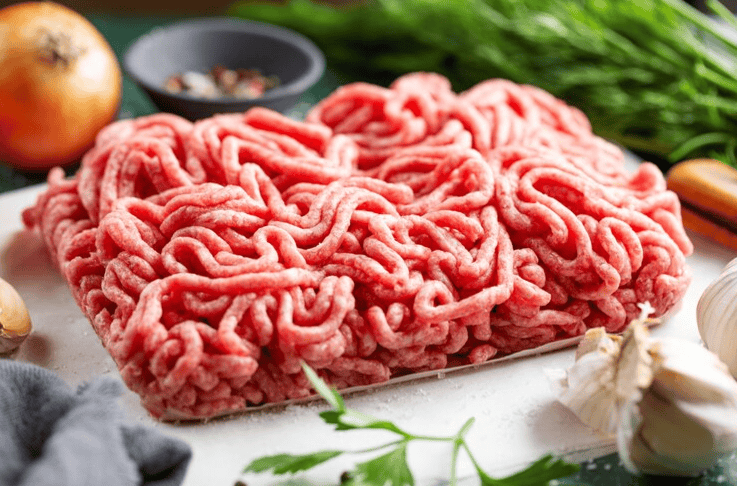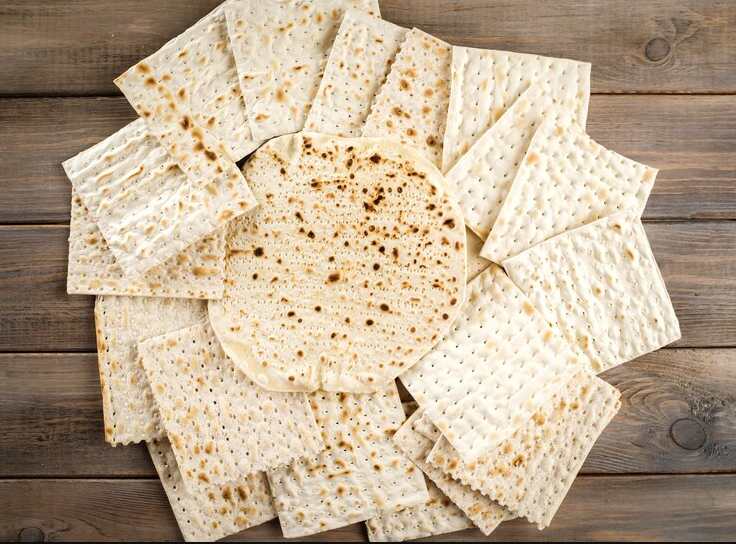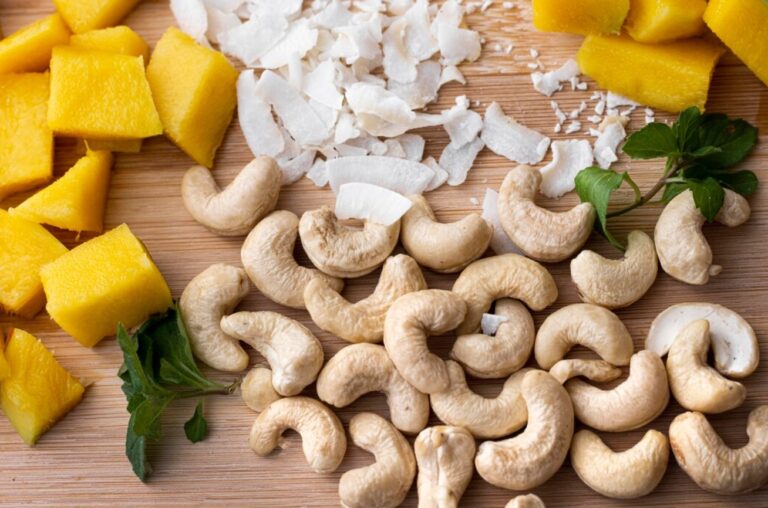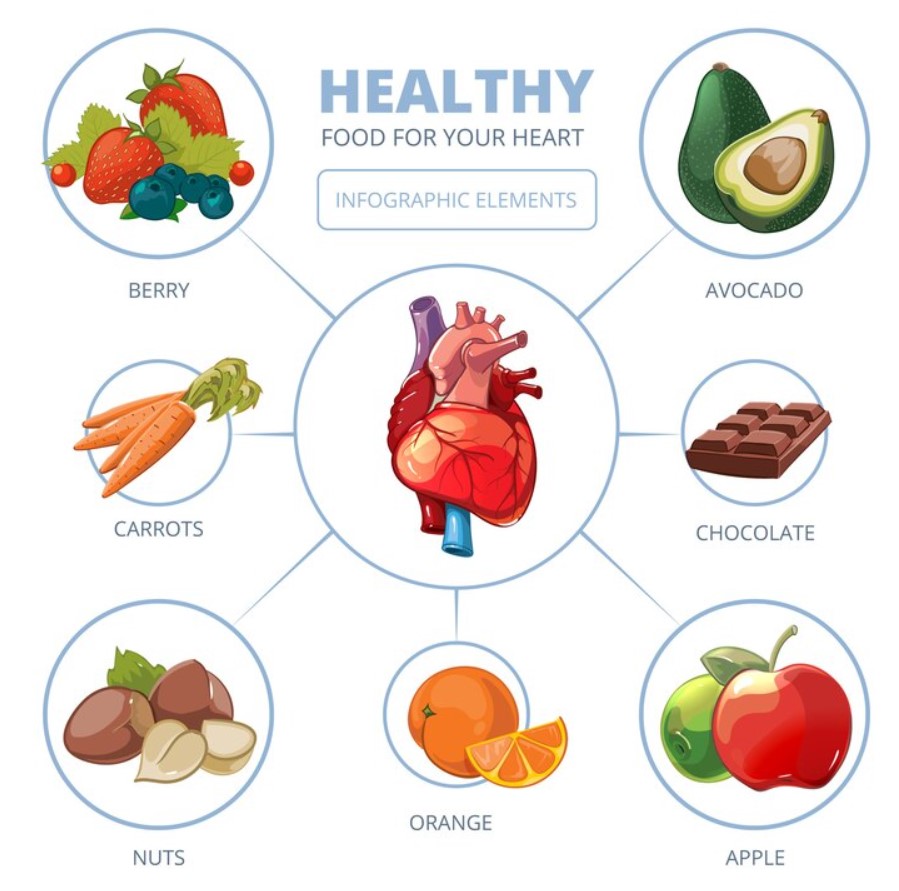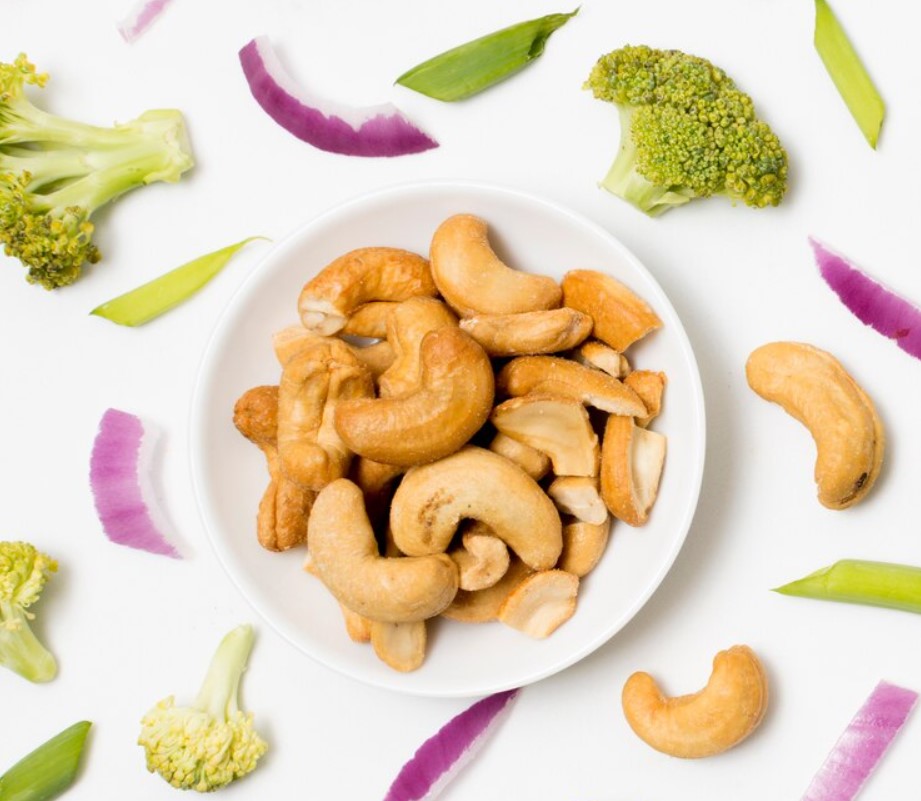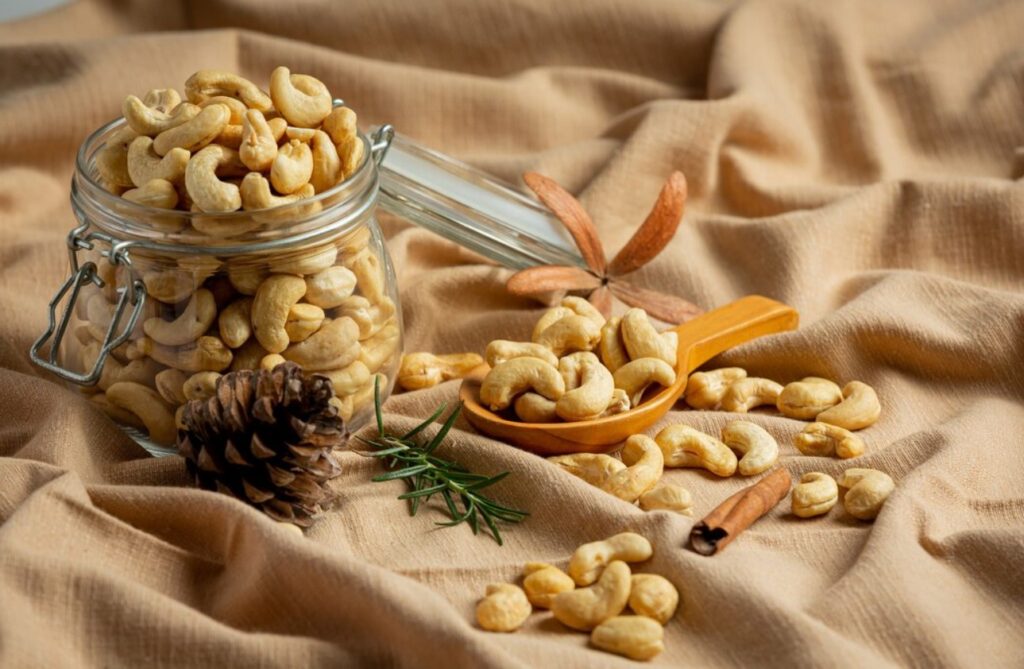Stew is a beloved comfort food enjoyed around the world, from hearty beef stews in Europe to fragrant vegetable and lentil stews in the Middle East. Its versatility and rich flavors make it a go-to dish for many. Whether served as a cozy meal on a cold day or as a filling, nourishing option for family gatherings, stew has earned its place in kitchens worldwide.
However, a common question arises: is stew healthy? The answer depends largely on the ingredients used and how it’s prepared. While stew can be packed with vitamins, minerals, and protein, it can also become calorie-dense or high in sodium if made with fatty meats or excessive salt. The key to a healthy stew lies in balancing nutrient-rich vegetables, lean proteins, and whole grains.
In this article, we’ll explore how you can make stew a nutritious part of your diet by focusing on wholesome ingredients and mindful preparation. Whether you’re looking to manage weight, boost heart health, or simply enjoy a hearty meal, there’s a healthy stew recipe for you.
What Makes Stew Healthy?
Stew can be an incredibly nutritious meal when made with the right ingredients. The beauty of stew lies in its flexibility, allowing for a wide variety of healthy components. Typically, stew is built around a base of vegetables, such as carrots, onions, potatoes, and leafy greens like kale or spinach. These vegetables provide essential vitamins, minerals, and antioxidants that support overall health. For example, carrots are rich in beta-carotene, which supports eye health, while leafy greens are high in iron and calcium, important for bone and immune health.
Adding lean meats like chicken, turkey, or fish can provide high-quality protein to keep you full and support muscle repair. For plant-based eaters, legumes (beans, lentils, peas) and tofu offer a rich source of protein and fiber, making them excellent alternatives to meat. Protein is essential for building and repairing tissues, while fiber aids digestion and promotes heart health.
To round out the stew, including healthy fats from sources like olive oil, avocado, or fatty fish (like salmon) helps absorb fat-soluble vitamins and supports brain and heart health. Healthy fats are crucial for overall wellness, particularly in maintaining optimal cellular function.
The balance of these macronutrients—protein, fiber, and healthy fats—makes stew a wholesome, satisfying meal. The right mix ensures that stew can provide sustained energy, promote digestion, and support long-term health when made with nutrient-rich ingredients.
Health Benefits of Stew
Rich in Nutrients
Stews are a fantastic source of essential vitamins, minerals, and antioxidants, especially when packed with a variety of vegetables. Ingredients like carrots, tomatoes, spinach, and kale are rich in vitamin A, vitamin C, potassium, and folate, all of which support immune function, skin health, and overall vitality. Additionally, herbs and spices such as garlic, thyme, rosemary, and turmeric not only enhance flavor but also provide anti-inflammatory properties and antioxidants that fight oxidative stress in the body.
Supports Digestion
Vegetable-based stews, in particular, are rich in dietary fiber, which is crucial for digestive health. Fiber helps maintain a healthy gut, regulate bowel movements, and prevent constipation. It also plays a role in balancing blood sugar levels and reducing the risk of chronic digestive conditions like diverticulosis. Stews with legumes, like lentils or beans, are particularly beneficial, as they add both fiber and protein, further supporting digestive health.
Weight Management
Stews can be an excellent choice for those looking to manage their weight. They are naturally filling due to their high fiber and protein content, making it easier to feel satisfied without overeating. By focusing on low-calorie ingredients like vegetables, lean meats, and legumes, stews can be a nutritious and filling meal option that supports weight loss and weight maintenance goals.
Heart Health
Heart-healthy fats from olive oil, avocados, and fatty fish, as well as lean proteins from chicken, turkey, or legumes, help reduce the risk of heart disease. These ingredients provide omega-3 fatty acids, which are known to lower inflammation and improve cholesterol levels. Additionally, the high fiber content of many stews contributes to heart health by lowering blood pressure and supporting healthy cholesterol levels.
Immune Boosting
Certain ingredients commonly found in stews, such as garlic, ginger, and onions, are known for their immune-boosting properties. Garlic has been shown to enhance the immune system by promoting the production of white blood cells, while ginger has anti-inflammatory and antioxidant properties that help fight infections. These ingredients can provide a natural defense against illness, making stews not only nourishing but also supportive of immune health.

Healthy Stew Ingredients
Lean Proteins
A key element of a healthy stew is the inclusion of lean proteins, which provide essential amino acids that the body needs for muscle repair, immune support, and overall health. Opting for lean meats such as chicken, turkey, or fish ensures that your stew is rich in protein without excessive saturated fats. For plant-based alternatives, ingredients like tofu, tempeh, or legumes (such as lentils and chickpeas) offer a great source of protein while being low in fat and high in fiber.
Vegetables
Vegetables are the backbone of any healthy stew, providing vital nutrients, fiber, and antioxidants. Carrots, potatoes, kale, spinach, and bell peppers are excellent choices, each offering its own unique array of vitamins and minerals. For example, carrots are rich in beta-carotene (vitamin A), while leafy greens like kale and spinach provide iron, calcium, and vitamin K. These vegetables also add volume to your stew, making it more filling and nutrient-dense without adding excess calories.
Whole Grains and Legumes
Incorporating whole grains and legumes into your stew adds extra fiber, protein, and a host of other nutrients. Quinoa, for instance, is a complete protein, meaning it contains all nine essential amino acids. Lentils, beans, and chickpeas are not only excellent sources of protein but are also high in fiber, which promotes digestive health, regulates blood sugar, and helps you feel fuller longer. These ingredients help transform a simple stew into a hearty, well-balanced meal.
Herbs and Spices
Herbs and spices are not only key to adding flavor to your stew but also provide numerous health benefits. Garlic is known for its immune-boosting properties and heart health benefits, while turmeric contains curcumin, a potent anti-inflammatory compound. Rosemary, thyme, and oregano are packed with antioxidants that protect the body from oxidative stress. These ingredients also enhance the overall health benefits of your stew, helping to fight inflammation, improve digestion, and even support cognitive health. Adding a variety of herbs and spices makes your stew both flavorful and functional.
How to Make Stew Healthier: Tips and Tricks
1. Use Less Oil, Opt for Low-Sodium Broth, and Replace Fatty Cuts of Meat with Lean Alternatives
One simple way to make your stew healthier is to reduce the amount of oil used for sautéing. Instead of using large amounts of butter or oil, try using just a small drizzle of heart-healthy oils like olive oil. You can also use vegetable or chicken broth as a cooking base, but choose low-sodium or no-sodium options to help control your salt intake.
Additionally, swap out fatty cuts of meat, such as rib-eye or pork belly, for leaner proteins like skinless chicken breast, turkey, or lean cuts of beef. This will reduce the overall fat and calorie content of your stew while still maintaining a rich, satisfying flavor.
2. Experiment with Vegetable-Based Stews for a Vegetarian/Vegan Option
Vegetable-based stews are a fantastic option for those looking to cut back on animal products or follow a vegetarian or vegan diet. Instead of meat, you can load your stew with a variety of hearty vegetables such as sweet potatoes, squash, mushrooms, and cauliflower, which add flavor, texture, and nutrition. For protein, consider adding plant-based options like lentils, chickpeas, tofu, or tempeh. Not only does this make your stew lower in saturated fat, but it also increases its fiber content, promoting better digestion and overall health.
3. Add Fiber-Rich Ingredients for Improved Satiety and Digestive Health
Adding fiber-rich ingredients to your stew can greatly enhance its health benefits. Foods like beans, lentils, barley, and quinoa are excellent sources of soluble and insoluble fiber, which aids in digestion and helps to maintain healthy blood sugar levels. Fiber also promotes feelings of fullness, which can help prevent overeating and support weight management goals. Consider incorporating these fiber-packed ingredients into your stew to boost its nutritional profile and keep you feeling satisfied longer.
By making small adjustments like these, you can transform your stew into a much healthier, nutrient-dense meal without compromising on taste or satisfaction.
Is Stew Good for Weight Loss?
Stew can be a great addition to a weight loss plan when prepared with the right ingredients and portion control in mind. The key to making stew weight-loss-friendly lies in its ability to provide a satisfying, nutrient-dense meal without packing in excess calories. With the right balance of vegetables, lean proteins, and whole grains, stews can be filling, low in calories, and rich in fiber, helping you feel full longer while still supporting weight loss goals.
One of the benefits of stew is its versatility, allowing you to control the ingredients. For weight loss, it’s important to choose low-calorie, nutrient-dense components, such as a variety of colorful vegetables, lean cuts of meat, and plant-based proteins like lentils or beans. These ingredients are naturally high in fiber, which aids digestion, promotes satiety, and helps to regulate blood sugar levels, preventing cravings and overeating. Stews can be hearty and satisfying, making them an ideal meal for those looking to control their calorie intake while still feeling full.
Portion control is essential when incorporating stew into a weight loss plan. While stew can be a healthy, filling meal, it’s important to avoid overeating by being mindful of portion sizes. Opting for a smaller serving of stew with a large portion of vegetables and lean proteins can help you stay within your calorie goals. Also, pairing your stew with a side salad or a small serving of whole grains, such as quinoa or brown rice, can create a well-balanced meal without overloading on calories. By making thoughtful ingredient choices and practicing portion control, stew can become a nutritious and satisfying component of a weight loss journey.
Healthy Stew Recipes to Try
1. Low-Calorie Vegetable Stew
This vibrant, plant-based stew is packed with nutrient-rich vegetables, offering a low-calorie yet filling meal.
Ingredients:
- 2 tablespoons olive oil
- 1 onion, chopped
- 2 carrots, diced
- 2 celery stalks, chopped
- 1 zucchini, diced
- 1 bell pepper, chopped
- 4 cups low-sodium vegetable broth
- 1 can (14.5 oz) diced tomatoes
- 1 cup green beans, chopped
- 1 cup spinach, fresh or frozen
- 1 teaspoon dried thyme
- Salt and pepper to taste
Instructions:
- Heat olive oil in a large pot over medium heat. Add onion, carrots, and celery, cooking for about 5 minutes until softened.
- Add the zucchini, bell pepper, and green beans, and cook for an additional 5 minutes.
- Pour in the vegetable broth and diced tomatoes, bring the mixture to a boil, and then reduce the heat to a simmer.
- Add thyme, spinach, salt, and pepper, and simmer for 20-25 minutes until vegetables are tender.
- Serve hot for a delicious, low-calorie, and nutrient-packed meal.
2. Protein-Packed Chicken and Lentil Stew
This hearty stew combines lean chicken and lentils, creating a protein-rich meal that’s perfect for muscle maintenance and overall health.
Ingredients:
- 1 tablespoon olive oil
- 2 chicken breasts, cubed
- 1 onion, chopped
- 2 cloves garlic, minced
- 2 carrots, diced
- 1 cup dry lentils (rinse them first)
- 4 cups low-sodium chicken broth
- 1 can (14.5 oz) diced tomatoes
- 1 teaspoon cumin
- 1 teaspoon paprika
- Salt and pepper to taste
- Fresh parsley for garnish
Instructions:
- Heat olive oil in a large pot over medium heat. Add chicken cubes and cook until browned on all sides, about 5-7 minutes.
- Add onion, garlic, and carrots, cooking for 3-4 minutes until softened.
- Stir in the lentils, chicken broth, diced tomatoes, cumin, paprika, salt, and pepper. Bring the stew to a boil, then reduce the heat and simmer for 35-40 minutes until lentils are tender and chicken is cooked through.
- Garnish with fresh parsley before serving.
3. Hearty Beef and Barley Stew
This savory stew combines lean beef with fiber-rich barley for a satisfying meal that supports digestive health and provides long-lasting energy.
Ingredients:
- 1 tablespoon olive oil
- 1 lb lean beef stew meat, cut into cubes
- 1 onion, chopped
- 2 cloves garlic, minced
- 2 carrots, sliced
- 2 potatoes, cubed
- 1 cup barley (rinsed)
- 4 cups low-sodium beef broth
- 1 teaspoon thyme
- 1 bay leaf
- Salt and pepper to taste
Instructions:
- Heat olive oil in a large pot over medium heat. Brown the beef stew meat on all sides, about 6-8 minutes.
- Add onion, garlic, carrots, and potatoes to the pot, cooking for 4-5 minutes.
- Stir in the barley, beef broth, thyme, bay leaf, salt, and pepper, then bring to a boil. Reduce heat and let simmer for 45-50 minutes, or until the beef is tender and barley is fully cooked.
- Remove the bay leaf and adjust seasoning to taste before serving.
These healthy stew recipes are rich in nutrients and offer a variety of flavors, helping you enjoy a satisfying, balanced meal that supports your health and weight loss goals.
Common Mistakes When Making Stew
1. Using High-Fat Meats or Too Much Salt
One of the most common mistakes when making stew is using high-fat meats, such as fatty cuts of beef or pork. While these cuts add flavor, they also increase the calorie and saturated fat content of your stew, making it less heart-healthy. To avoid this, choose lean meats like skinless chicken, turkey, or lean cuts of beef (e.g., sirloin or round). Alternatively, you can add plant-based proteins like lentils or beans to reduce fat while still maintaining a rich, hearty stew.
Another mistake is overusing salt to season the stew. While salt enhances flavor, too much can contribute to high sodium intake, which may lead to elevated blood pressure and other health concerns. Instead of relying on salt, experiment with herbs, spices, and low-sodium broth to add depth and complexity to the flavor without the added sodium. Fresh ingredients like garlic, onions, or a splash of vinegar can also help balance flavors naturally.
2. Skipping Vegetables or Relying on Processed Ingredients
Vegetables are the cornerstone of any healthy stew, providing essential vitamins, minerals, and fiber. A common mistake is either skipping vegetables entirely or relying on processed ingredients like canned soups or pre-made broths, which may be high in sodium or preservatives. Instead, focus on using fresh vegetables such as carrots, celery, tomatoes, leafy greens, and potatoes to boost the nutritional content of your stew. Fresh, whole vegetables will provide more nutrients and flavor than their processed counterparts.
Another mistake is failing to incorporate a variety of vegetables. A stew with just one or two types of vegetables can lack the nutritional balance that a colorful mix of veggies offers. Aim for a mix of root vegetables, leafy greens, and cruciferous vegetables like broccoli or cauliflower for a more well-rounded and nutrient-dense stew.
FAQs
1. Is stew healthy for weight loss?
Yes, stew can be a healthy option for weight loss if prepared with low-calorie, nutrient-dense ingredients like vegetables, lean proteins, and legumes. The high fiber content helps with satiety, and the dish can be filling without excess calories. Just be mindful of portion sizes and avoid high-fat meats.
2. Can stew be a healthy meal for dinner?
Yes, stew can make a nutritious dinner, especially when made with lean meats, vegetables, legumes, and whole grains. It provides a balanced mix of protein, fiber, and healthy fats, making it a satisfying and wholesome meal. Just watch the portion sizes and avoid excess sodium or fat.
3. What is the healthiest type of stew?
The healthiest stew typically features a variety of vegetables, lean protein sources like chicken or beans, and fiber-rich ingredients such as lentils or barley. A vegetable-based stew with a low-sodium broth and minimal added fat is an excellent choice for optimal health benefits.
4. Can stew help improve digestion?
Yes, stews with high fiber content, such as those made with vegetables, beans, and whole grains, can support digestion. Fiber promotes regular bowel movements, improves gut health, and helps prevent constipation. It also helps manage blood sugar levels and provides long-lasting energy.
5. Is it better to make stew at home or buy it pre-made?
Making stew at home is typically healthier than buying pre-made versions, as it allows you to control the ingredients, portion sizes, and sodium content. Store-bought stews often contain preservatives, excess salt, and unhealthy fats. Homemade stews can be customized to suit dietary needs, ensuring better nutrition.
Conclusion
In conclusion, stew can be a highly nutritious and versatile meal that offers numerous health benefits. When made with wholesome ingredients like lean proteins, fiber-rich vegetables, legumes, and whole grains, stew provides essential nutrients such as vitamins, minerals, and antioxidants.
It’s an excellent source of fiber, which aids in digestion, promotes satiety, and supports weight management. Stews with lean meats or plant-based proteins can also contribute to muscle maintenance and heart health, especially when paired with healthy fats like olive oil.
Stew’s ability to incorporate a variety of fresh, nutrient-dense ingredients makes it a balanced, satisfying meal that can support overall wellness. Whether you’re looking for a comforting meal for weight loss, heart health, or digestive support, stew offers a flexible option that can be tailored to suit your specific dietary needs.
So, if you’re looking to improve your nutrition or try new healthy recipes, we encourage you to give these stew ideas a try. Experimenting with fresh vegetables, lean proteins, and spices can lead to endless variations, making stew a delicious and health-conscious addition to your meal rotation.

